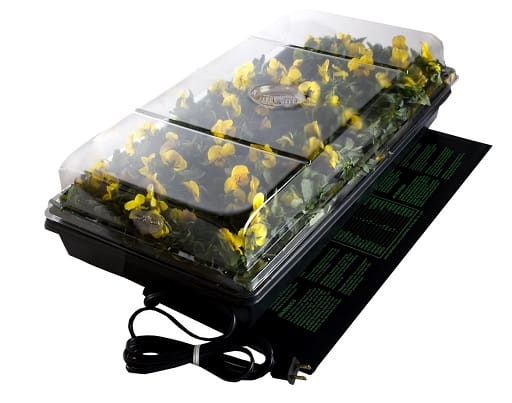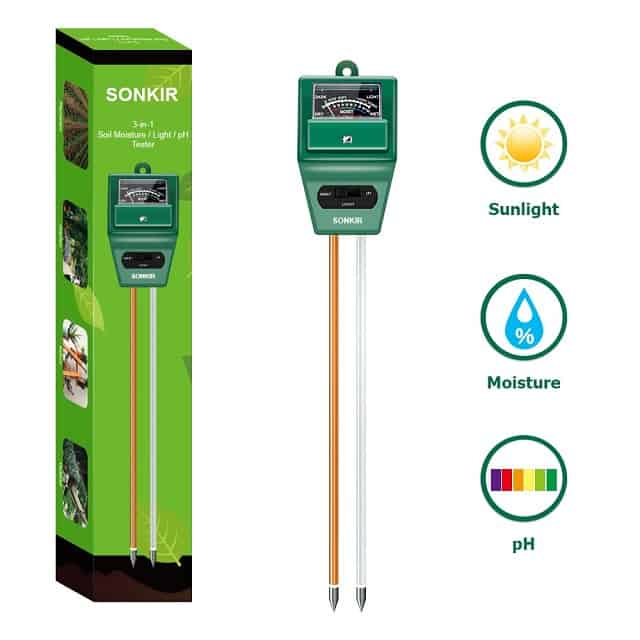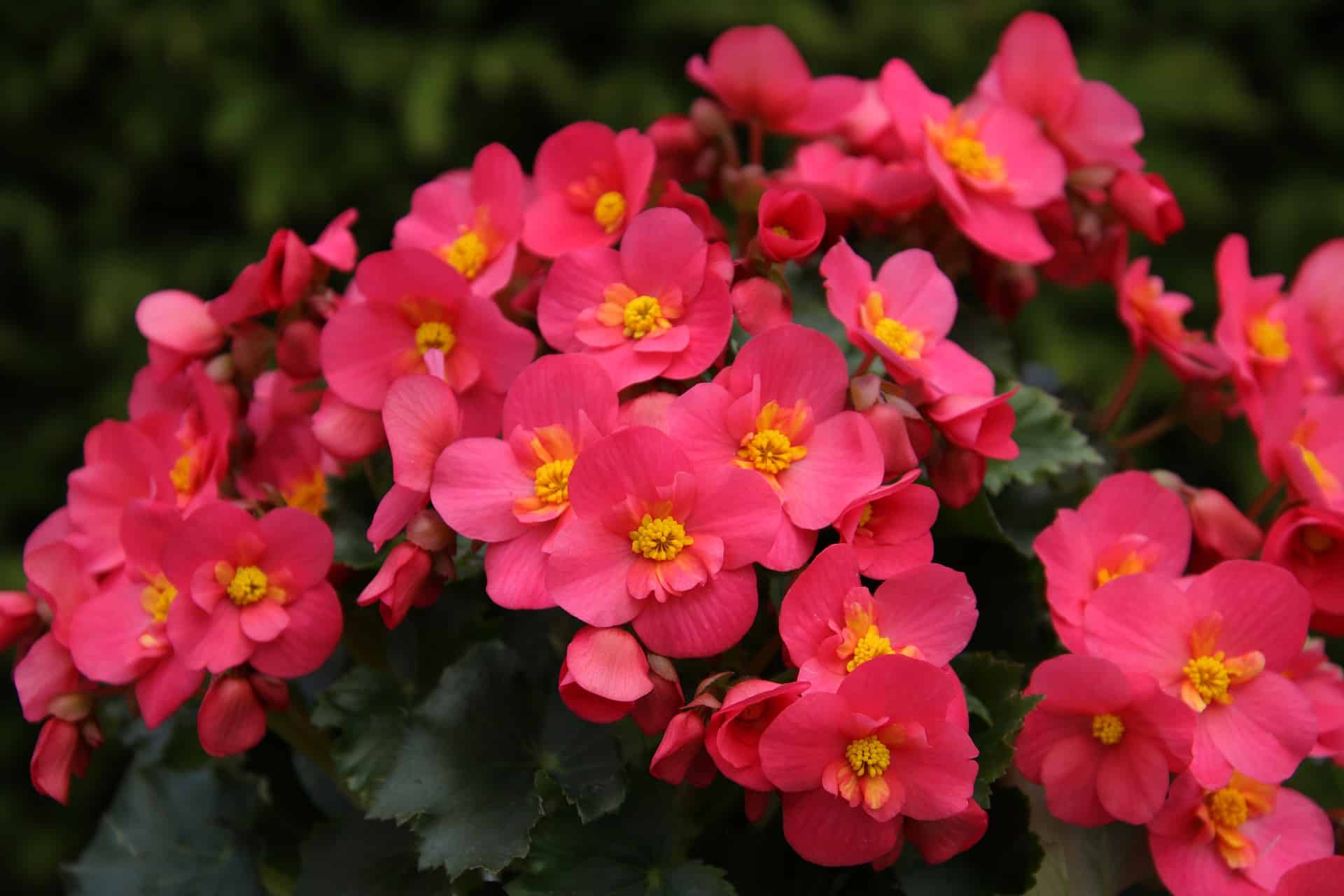Begonias are a popular choice among gardeners because of their bright colors and low maintenance. They can be grown in pots or directly in the ground as long as they have plenty of sun, water, and fertilizer.
If you’re interested in learning how to grow Begonias continue reading this Begonia growing guide for more information.
Best Begonia Varieties
| Image | Name | Rating | Shop |
|---|---|---|---|
 | Salmon Amerihybrid Tuberous Begonia Hanging Basket | ||
 | Apricot Begonia Hanging Basket | ||
 | Begonia Non Stop Mix |
Begonia Annual or Perennial
Begonias are a perennial flower in USDA hardiness zones 10 to 11, but in most areas, they will produce a tuber that can be overwintered indoors and planted again next season.
Begonia Sun or Shade
Begonias can handle partial shade but they will grow more vigorously if they get at least 6 to 8 hours of sunlight exposure each day.
Starting Begonia Indoors

Begonias usually need to be started indoors 3 months before the last frost in your area. They also need to be sprouted in soil that is at least 70° to 75°F, so it’s best to start them in a heated seed-starting tray.
Make sure to use a loose well-draining potting soil mix, and plant them very shallowly since Begonias need light to germinate. Keep the soil moist and make sure the tray remains covered until the plants start to germinate in 15 to 21 days.
Once they mature you can move them to a warm sunny location, or place them under an LED Grow Light (Buy Online) for 8 to 16 hours a day. Once the weather warms up in your area you can transplant them into small pots and harden them off before moving them into their final location.
Starting Begonia From Seed in a Flower Bed
In most cases, it’s better to start Begonias indoors since they need warm soil temperatures to germinate. However, if you’re growing a tuberous begonia variety you can keep them in a cool dark location indoors, and then move them into your garden once the soil warms up before the tubers break dormancy.
Begonia Plant Spacing
Begonias should be spaced at least 12-inches apart to give the plants enough room to spread out.
Begonia Soil Requirements

Begonias aren’t that particular about soil conditions, but they do need to be planted in loose fast-draining soil with a slightly acidic pH of 6.5 to 7. In most cases, begonias will benefit from some compost mixed into the top layer of soil for some added fertility, and the compost will also help make densely compacted soil more friable
Begonia Water Requirements
Begonias are a relatively drought-tolerant plant once they get established, and they need to be grown in soil with excellent drainage. If you’re growing Begonia in containers only water the plants when the soil drys out, and make sure the pots drain completely if you want to avoid root rot.
Begonia Temperature Requirements
Begonias love warm temperatures and they thrive when most flowers start to fade. However, they are very slow growers and most varieties won’t bloom until mid to late summer in cooler climates.
Begonia Humidity Requirements
Begonias thrive in high humidity conditions when they are planted outdoors, and they will grow rapidly at 80% to 90% Relative Humidity.
When growing begonias indoors they can tolerate lower humidity, and in some cases, high humidity levels can promote fungal diseases.
Begonia Fertilizer Requirements
Begonias should be fertilized monthly with a balanced 10-10-10 NPK fertilizer. If you want to promote more blooms you can use a high-phosphorus fertilizer in the middle of the growing season.
How To Grow Begonia in Containers
Begonias are a very popular plant to grow in pots or containers, and in some areas, container-grown begonias will bloom faster and be easier to maintain. When planting begonias in containers make sure to use a loose potting soil mix that drains quickly.
Container-grown begonias will also need to be fertilized at least every 2 to 3 weeks, or you can plant them in an organic pre-fertilized potting soil mix.
Begonia Pests

Occasionally Begonias will get attacked by insects like aphids and thrips. Insecticidal powders or dilute soap sprays can be used to treat any infested plants. Or you can use natural control methods like ladybugs if you need to control aphids in the spring or late summer.
Begonia Diseases
Begonias are susceptible to a number of diseases like botrytis, powdery mildew, and root rot when it is grown in waterlogged soil with poor drainage.





